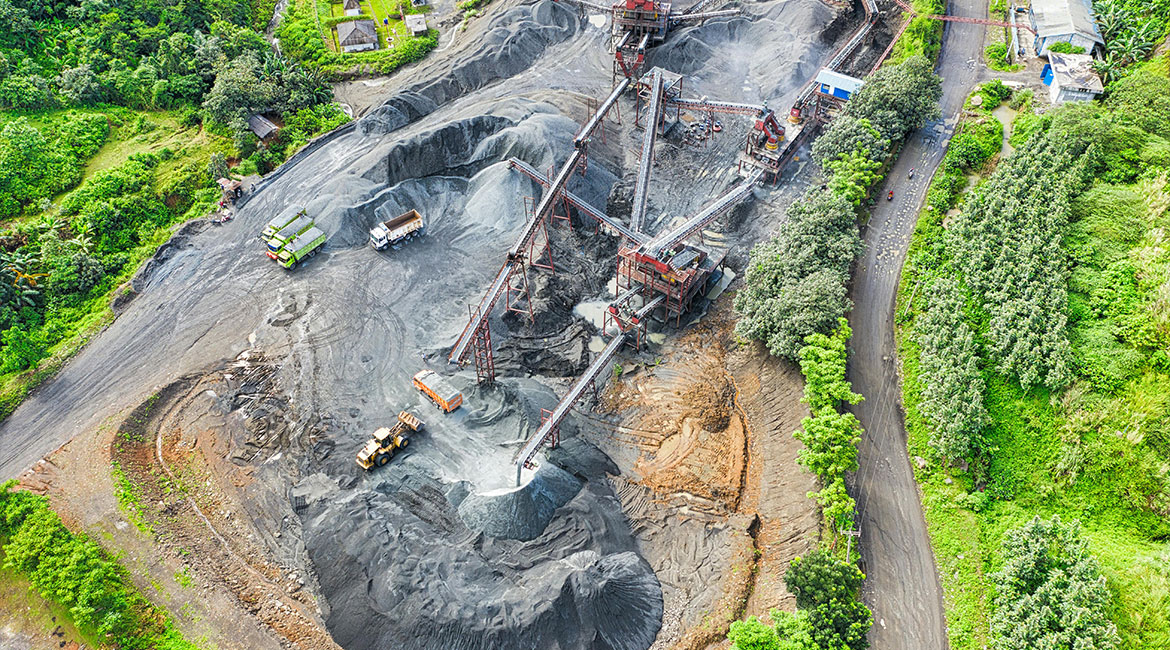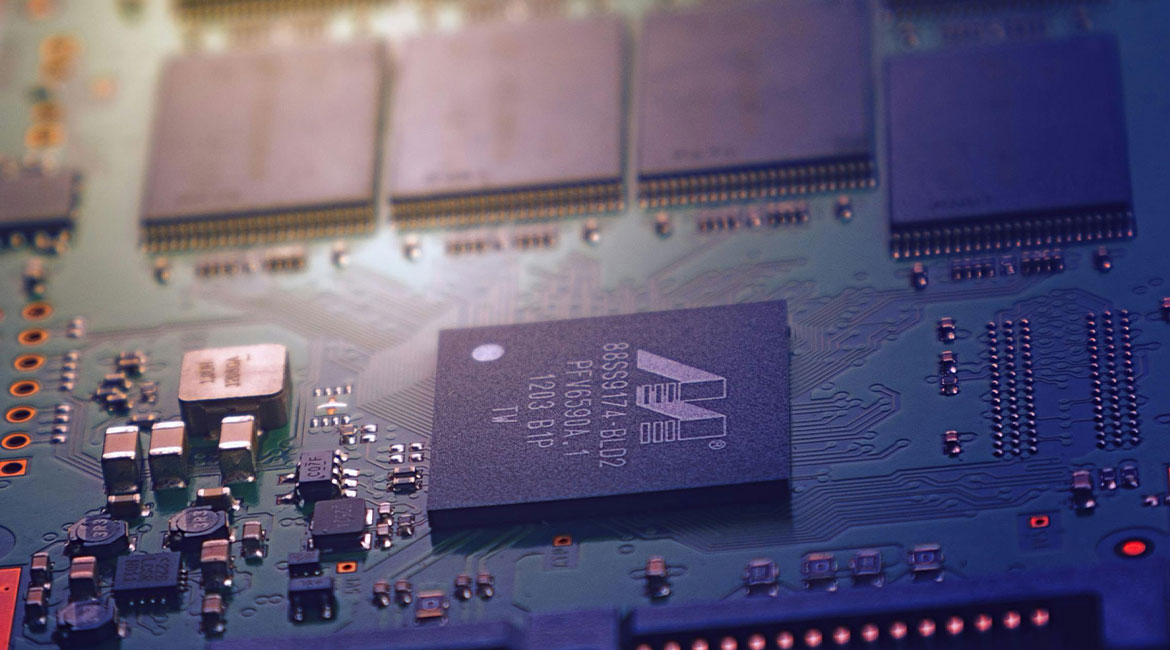In recent years, precious metals have taken on a significantly more strategic role in global geopolitics. Traditionally valued for their rarity and use as financial safe havens, metals like gold, silver, platinum, and palladium are now central to national security, industrial policy, and the global energy transition. This shift reflects broader changes in the international order, where economic resilience and resource control are becoming key levers of power.
Gold, long considered a store of value during times of crisis, has seen renewed interest from central banks around the world. Countries have been steadily increasing their gold reserves, not just as a hedge against inflation or currency volatility, but as a means of reducing dependence on global reserve currencies and Western financial systems. This accumulation of gold is a strategic move, signaling a desire for greater monetary sovereignty and insulation from geopolitical shocks, such as sanctions or trade disruptions.
Silver and platinum, while also investment assets, are increasingly important due to their industrial applications. Silver is essential in the production of solar panels, making it a cornerstone of the global shift toward renewable energy. As nations race to meet climate targets and reduce carbon emissions, the demand for silver is expected to rise sharply. Platinum and palladium are critical for catalytic converters in vehicles and are also used in hydrogen fuel cell technologies, which are gaining traction as alternatives to fossil fuels. These metals are not only vital for clean energy but also for maintaining competitiveness in the automotive and technology sectors.

Geopolitical tensions have further elevated the importance of these metals. Some major producers of palladium and platinum have faced international sanctions that disrupted global supply chains and drove up prices. Similarly, the dominance of other countries in the refining and processing of many precious and rare metals has prompted Western countries to diversify their sources and invest in domestic mining and recycling capabilities. This has led to a rise in resource nationalism, where countries seek to secure and control their own mineral supplies, often through export restrictions, nationalization of resources, or strategic partnerships.
The financial landscape is also evolving in ways that enhance the geopolitical relevance of precious metals. In addition to physical gold, digital assets backed by gold or other metals are emerging as alternatives to traditional currencies, particularly in regions facing economic instability or sanctions. These innovations, often built on blockchain technology, reflect a broader movement toward decentralized finance and could further embed precious metals into the architecture of global finance.
As the world becomes more multipolar and fragmented, precious metals are increasingly viewed not just as commodities, but as strategic assets. Their roles in clean energy, advanced manufacturing, and financial security make them central to national strategies and international competition. In this context, control over precious metal supply chains is becoming a key element of geopolitical power.
The growing role of precious metals in geopolitics underscores a fundamental shift in how nations approach economic and environmental challenges. No longer confined to vaults or jewelry, these metals are now at the heart of efforts to build resilient economies, secure technological leadership, and navigate an uncertain global landscape. As such, they are poised to play an even more critical role in shaping the balance of power in the years to come.



